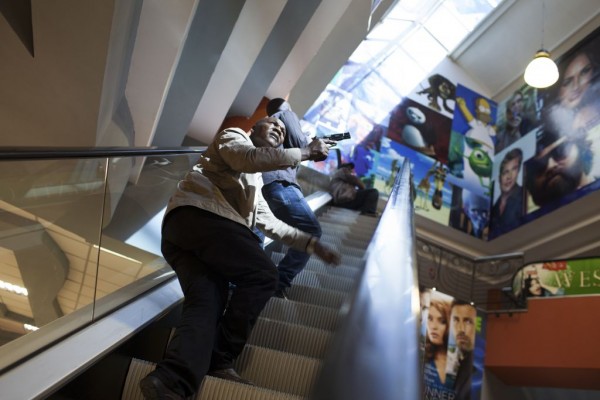Photo by TYLER HICKS/NEW YORK TIMES
ASSOCIATED PRESS: Sneha Kothari-Mashru, 28 and a part-time radio DJ, watches through a tangle of her long brown hair, which she has thrown across her face to appear as if she is already among the dead. She has smeared blood onto her arm and her clothes, taking it from the corpse of a teenage boy. She has kicked off her blue high heels.
The gunman doesn’t scream, she recalls days later. He rarely speaks. There is no obvious anger in his expression. He seems confident, she says. “He was normal.”
About 15 minutes later, Kothari-Mashru watches as the gunman speaks quietly to one family. She can’t hear what is said, but the wife is dressed in the billowing robes worn by highly observant Muslim women. Slowly, the family members stand, raise their hands above their heads, and walk away.
Other witnesses described similar scenes. Elijah Kamau, who was at the mall at the time of the midday attack, said he listened as militants told one group of their plans.
“The gunmen told Muslims to stand up and leave. They were safe,” he said.
In the email statement, al-Shabab said its fighters “carried out a meticulous vetting process at the mall and have taken every possible precaution to separate the Muslims from the Kuffar (disbelievers) before carrying out their attack.”
This is not the rule, however, in the attack.
Dozens of Muslims are shot, and many are killed. Most often, the gunmen fire wildly, spraying bullets into crowds and not bothering to ask about religion. MORE
RELATED: NYT’s Tyler Hicks’ Photos From Inside Westgate Mall [WARNING GRAPHIC]

